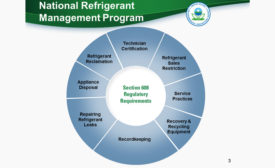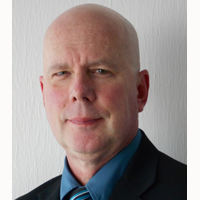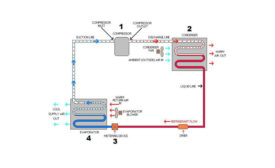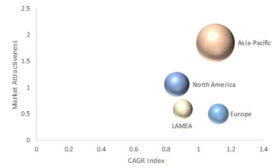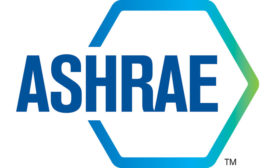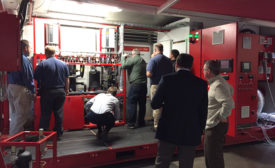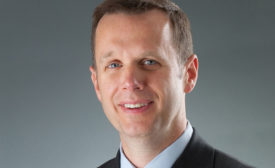Refrigeration
Finding the cause can make these ‘easy’ service calls a bit tricky
Read More
How the EPA 608 Final Rule Could Impact Your Business
The changes are important but not overwhelming for good contractors
Read More
Global Refrigerants Market Expected to Reach $18.5B by 2022
Report projects growth rate of nearly 10 percent annually
January 27, 2017
ASHRAE Publishes Updated Refrigerant Standards
Thirty new refrigerants and blends added
January 27, 2017
Danfoss Launches Mobile CO2 Training Unit
Refrigeration contractors, technicians, installers among key targets
January 17, 2017
Kigali Agreement Creates ‘Orderly Phasedown’ of HFCs
An exclusive interview with AHRI’s Stephen Yurek
Read More
The Symptoms of a Restricted TXV
How to identify when a liquid-line restriction is starving a system of refrigerant
Read More
Copyright ©2024. All Rights Reserved BNP Media.
Design, CMS, Hosting & Web Development :: ePublishing


